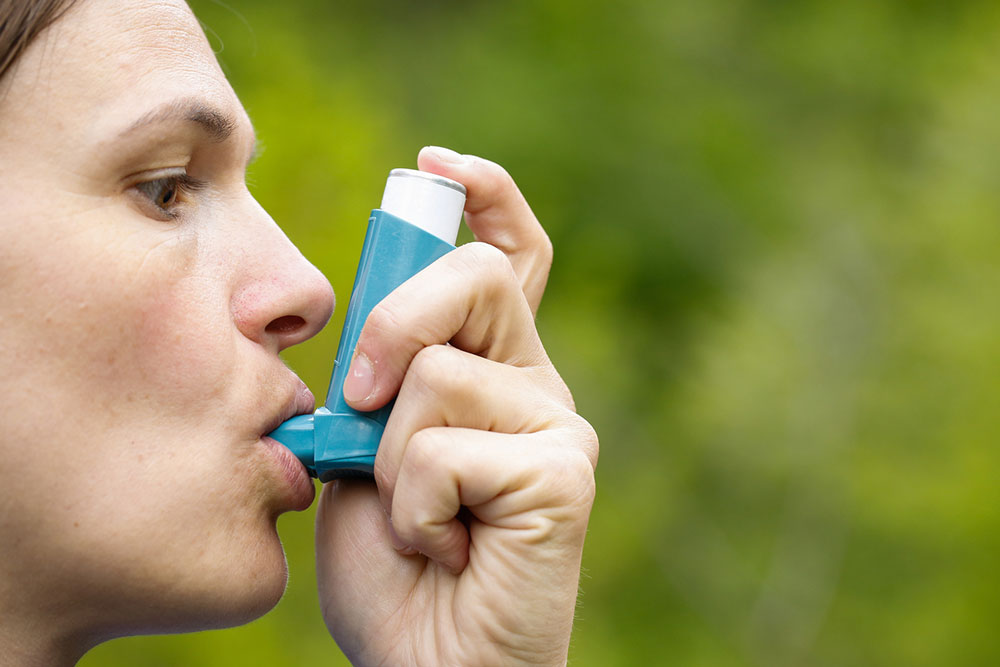Comprehensive Guide to Asthma Attacks: Recognizing Symptoms and Preventive Strategies
This comprehensive guide explores asthma, detailing its causes, symptoms, triggers, and management strategies. It emphasizes recognizing early signs of attacks and adopting preventive measures. Understanding these aspects can help individuals better control asthma, reduce attacks, and enhance quality of life through informed decisions and proactive health management.

Comprehensive Guide to Asthma Attacks: Recognizing Symptoms and Preventive Strategies
Asthma is a prevalent chronic respiratory condition that affects millions worldwide. Characterized by inflammation in the airways, asthma leads to narrowing of the bronchial tubes, causing breathing difficulties that can range from mild to life-threatening. This condition often begins during childhood but can persist into adulthood, impacting individuals' daily lives and overall health. Understanding the causes, symptoms, triggers, and preventive measures associated with asthma attacks is critical for effective management and improving quality of life for those affected.
Who is most vulnerable to asthma exacerbations?
People with a genetic predisposition are at higher risk since asthma often runs in families. Environmental influences such as air pollution, secondhand smoke, exposure to chemical fumes, and occupational hazards significantly contribute to increased vulnerability. Individuals with allergies—like hay fever (allergic rhinitis), eczema, or allergic conjunctivitis—are more prone to asthma episodes. Moreover, lifestyle factors such as obesity and habits like smoking intensify the likelihood of experiencing severe asthma attacks. Certain workplaces involving farming, hairdressing, manufacturing, or exposure to airborne irritants further elevate risk, emphasizing the need for caution in high-exposure environments.
External environmental triggers play a crucial role in provoking respiratory symptoms.
Common triggers that can set off asthma symptoms include:
Allergenic substances like dust mites, pollen, mold spores, pet dander, and cockroach feces. These airborne allergens can cause inflammation and airway constriction.
Physical activities such as running, cycling, or other vigorous exercises can induce exercise-induced bronchoconstriction, especially if done without proper warm-up or in cold weather.
Cold air and sudden exposure to chilly environments are known to provoke bronchospasm, leading to difficulty in breathing.
Certain medications, including aspirin, nonsteroidal anti-inflammatory drugs (NSAIDs) like ibuprofen, and beta-blockers, are common pharmaceutical triggers.
Respiratory infections like common colds, influenza, and illnesses such as acid reflux (GERD) can aggravate asthma symptoms.
Recognizing the warning signs of an asthma attack is vital for prompt response. Typical symptoms to watch for include:
Persistent coughing, often worse at night or early morning, accompanied by wheezing and a feeling of tightness in the chest and throat.
Reduced airflow, measurable via peak expiratory flow rate (PEFR), indicating a narrowing of the airways.
Behavioral cues such as irritability, anxiety, or confusion may occur just before an attack, signaling the need for immediate action.
Early symptoms like fatigue, trouble sleeping, and dark circles under the eyes often precede more severe episodes.
If left untreated, symptoms can escalate to severe breathing difficulties, blue discoloration of lips and fingertips, and physically huddled postures, necessitating emergency medical attention.
Effective prevention of asthma exacerbations involves a comprehensive, long-term management plan. Though there is currently no complete cure for asthma, various strategies can significantly reduce the frequency and severity of attacks. These include routine medical check-ups, identifying and avoiding known triggers, adopting a healthy lifestyle, and engaging in suitable physical activity to maintain respiratory health. Choosing exercises that do not worsen breathing problems—such as swimming or walking—can help in maintaining fitness without risking an attack.





